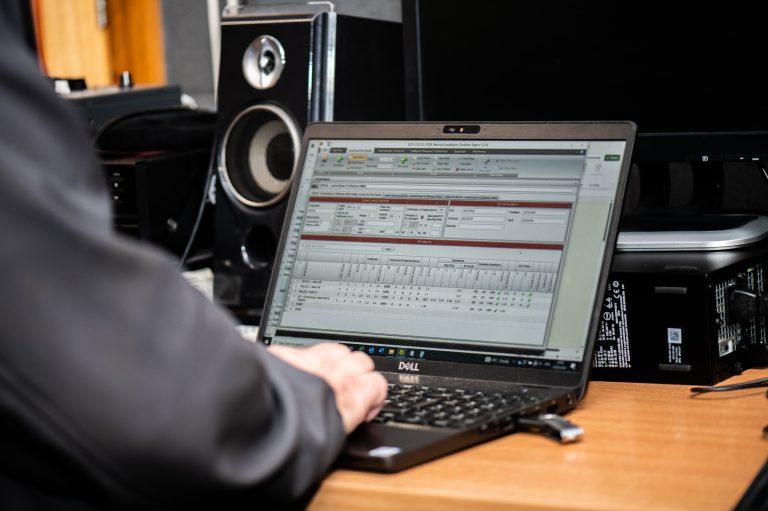The guidelines offer no absolute rules on the frequency of the testing and inspection of portable appliances.
The Guidelines offers no absolute rules on the frequency of the testing and inspection of portable appliances only that ‘regular inspection of equipment is an essential part of any preventative maintenance program’.
The reason for this are clearly that different equipment represents more of a risk than others as does the environment it is used. For example a frequently used drill on a construction site will likely offer a higher risk than a PC in an office. Therefore the duty holder of the building should assess the following factors in deciding frequency:-
1. The environment – equipment installed in a benign environment (e.g. office) will suffer less damage than equipment in an arduous environment (e.g. workshop)
2. Users – if the users report damage as and when it becomes evident, hazards will be avoided. Conversely, if equipment is likely to receive unreported abuse, more frequent inspection and testing is required
3. The equipment construction – the safety of a Class 1 appliance is dependant upon a connection with earth of the electrical installation. If the flexible cable is damaged the connection with earth can be lost.
4. The equipment type – appliances which are hand held (e.g. a drill) are more likely to be damaged than fixed appliances (e.g. a vending machine). If they are Class 1 the risk of danger is increased, as the safety is dependant upon the continuity of the protective conductor from the plug to the appliance.
5. Frequency of use – an appliance used daily is more likely to suffer damages than an appliance used once a fortnight




